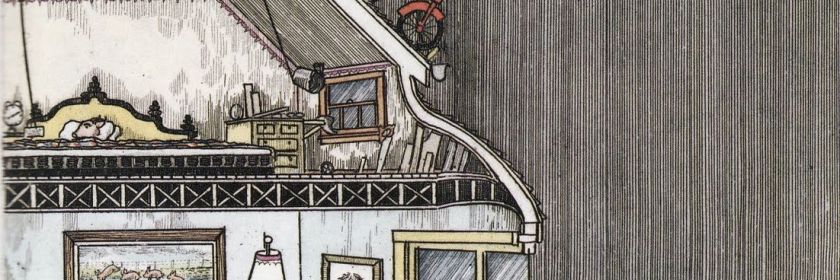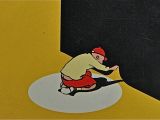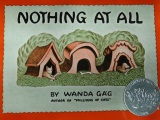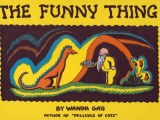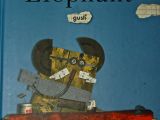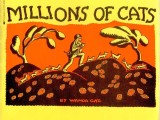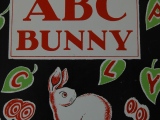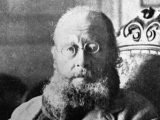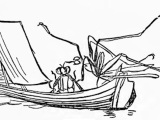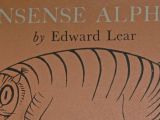Aside from it’s title, The Other Side is without words. And not many words are needed. The pictures so perfectly speak for themselves… Continue reading
Arthur Geisert
I popped into the Richmond library the other day. I only had 6 minutes, thought I’d just check it out. But the front door walks right into the kids’ section. So I walked out with a handful of the kind of books you pick when you have 6 minutes: ones with art you like. … Continue reading
